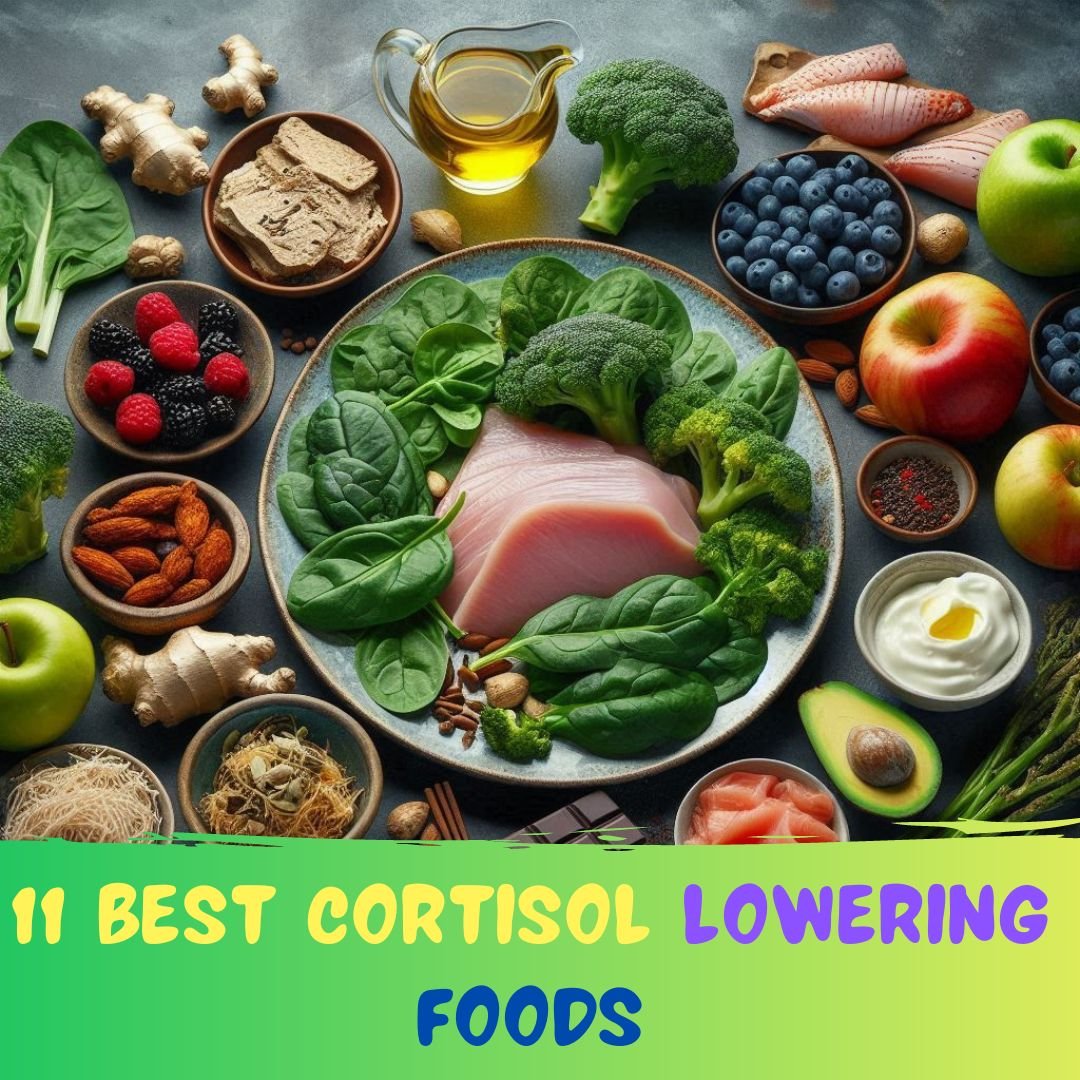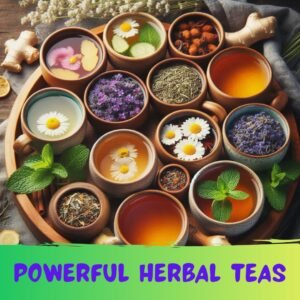Are you tired of feeling stressed, anxious, and overwhelmed? Do you struggle with weight gain, insomnia, and mood swings? If so, it may be due to high cortisol levels.
Cortisol, the “stress hormone,” plays a crucial role in our body’s response to stress, but chronically elevated levels can have serious consequences for our overall health.
The good news is that incorporating certain foods into your diet can help naturally lower cortisol levels and promote a sense of calm and well-being.
Here are the 11 best cortisol-lowering foods to add to your plate and start feeling more balanced and relaxed today!
Leafy Greens: The Ultimate Stress-Reducing Superfood
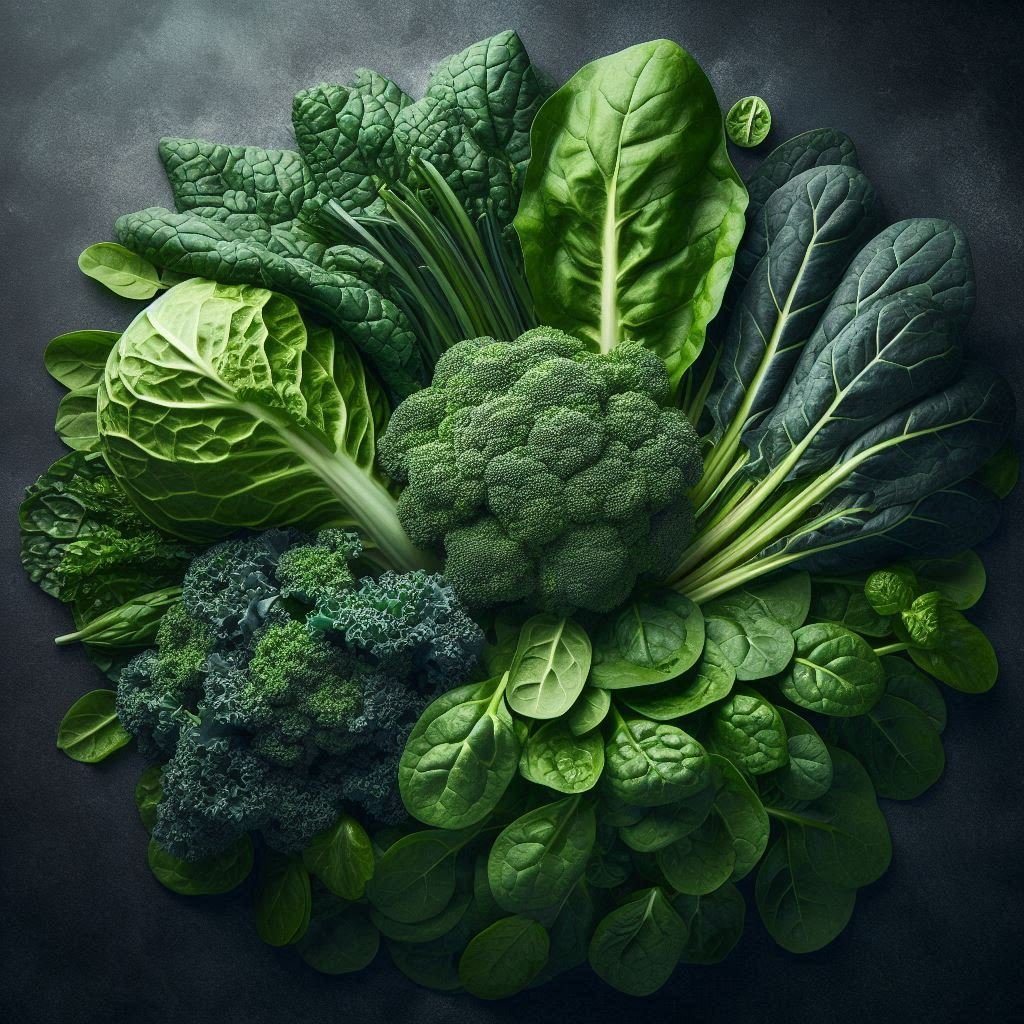
Leafy greens like spinach, kale, and collard greens are packed with magnesium, a mineral that plays a crucial role in regulating cortisol levels. Magnesium helps to calm the nervous system, reducing feelings of anxiety and stress. It also helps to regulate the body’s internal clock, promoting a good night’s sleep and reducing the likelihood of insomnia.
In addition to magnesium, leafy greens are rich in folate, a B vitamin that helps to regulate mood and emotional response. Folate also helps to reduce homocysteine levels in the blood, which can contribute to anxiety and depression. The high fiber content in leafy greens also helps to regulate blood sugar levels, reducing cravings for unhealthy snacks and promoting a sense of fullness and satisfaction.
To incorporate more leafy greens into your diet, try adding them to salads, smoothies, or sautéing them with garlic and olive oil as a side dish. You can also add spinach to your omelets or scrambled eggs, or use kale as a crunchy snack on its own or with hummus.
Fatty Fish: Omega-3 Rich Foods to Calm Your Mind and Body

Fatty fish like salmon, tuna, and mackerel are rich in omega-3 fatty acids, which have been shown to reduce inflammation and anxiety in the body. Omega-3s help to regulate the body’s response to stress, reducing the production of cortisol and promoting a sense of calm and well-being.
In addition to their anti-inflammatory effects, omega-3s also help to regulate the body’s internal clock, promoting a good night’s sleep and reducing the likelihood of insomnia. The high protein content in fatty fish also helps to regulate blood sugar levels, reducing cravings for unhealthy snacks and promoting a sense of fullness and satisfaction.
To incorporate more fatty fish into your diet, try grilling or baking them and serving with a side of quinoa and steamed vegetables. You can also add canned tuna to your salads or use it as a protein-rich snack on its own.
Ashwagandha-Infused Foods: Nature’s Stress-Relieving Adaptogen

Ashwagandha is an adaptogenic herb that has been used for centuries in Ayurvedic medicine to reduce stress and anxiety. It helps to regulate the body’s response to stress, reducing the production of cortisol and promoting a sense of calm and well-being.
Ashwagandha-infused foods like ghee, chocolate, and coffee can be found in health food stores or online. You can also add ashwagandha powder to your smoothies or oatmeal for an added stress-reducing boost. Ashwagandha has been shown to reduce cortisol levels, improve sleep quality, and enhance cognitive function.
Berries: Antioxidant-Rich Snacks to Soothe Your Adrenal Glands
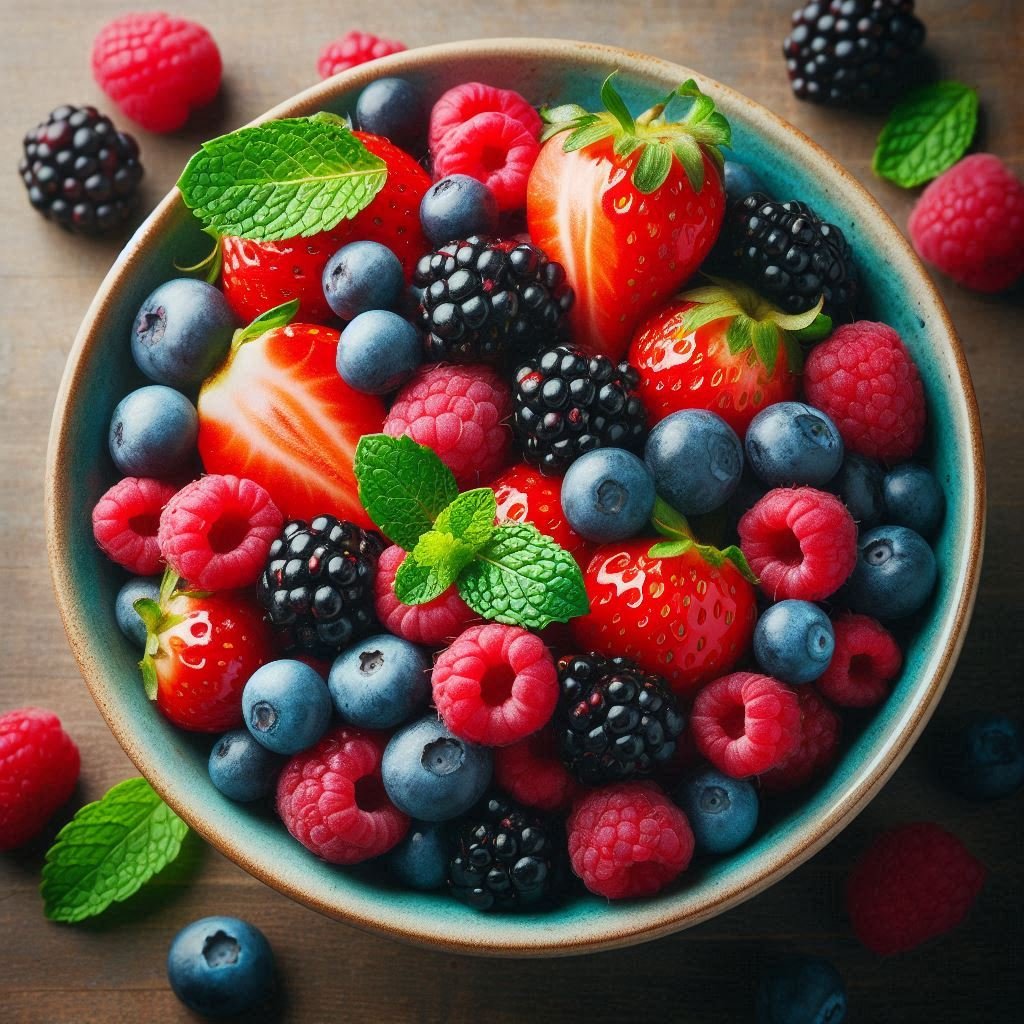
Berries like blueberries, strawberries, and raspberries are rich in antioxidants, which help to reduce inflammation and oxidative stress in the body. Chronic inflammation can contribute to high cortisol levels, so incorporating berries into your diet can help to reduce cortisol and promote a sense of calm and well-being.
Berries are also rich in fiber, which helps to regulate blood sugar levels and reduce cravings for unhealthy snacks. The high water content in berries also helps to keep you hydrated and satisfied, reducing the likelihood of overeating or reaching for unhealthy snacks.
To incorporate more berries into your diet, try adding them to your oatmeal or yogurt, or snacking on them throughout the day. You can also blend them into a smoothie or use them as a topping for your favorite salads or desserts.
Green Tea: The Calming, Cortisol-Lowering Beverage

Green tea is rich in L-theanine, an amino acid that helps to regulate the body’s response to stress. L-theanine promotes a sense of calm and relaxation, reducing feelings of anxiety and stress.
Green tea is also rich in antioxidants, which help to reduce inflammation and oxidative stress in the body. Chronic inflammation can contribute to high cortisol levels, so incorporating green tea into your diet can help to reduce cortisol and promote a sense of calm and well-being.
To incorporate more green tea into your diet, try drinking a cup before bed to promote a good night’s sleep, or sipping on it throughout the day to reduce stress and anxiety. You can also add green tea to your smoothies or use it as a base for your favorite iced tea recipes.
Cruciferous Vegetables: The Cancer-Fighting, Stress-Reducing Powerhouses
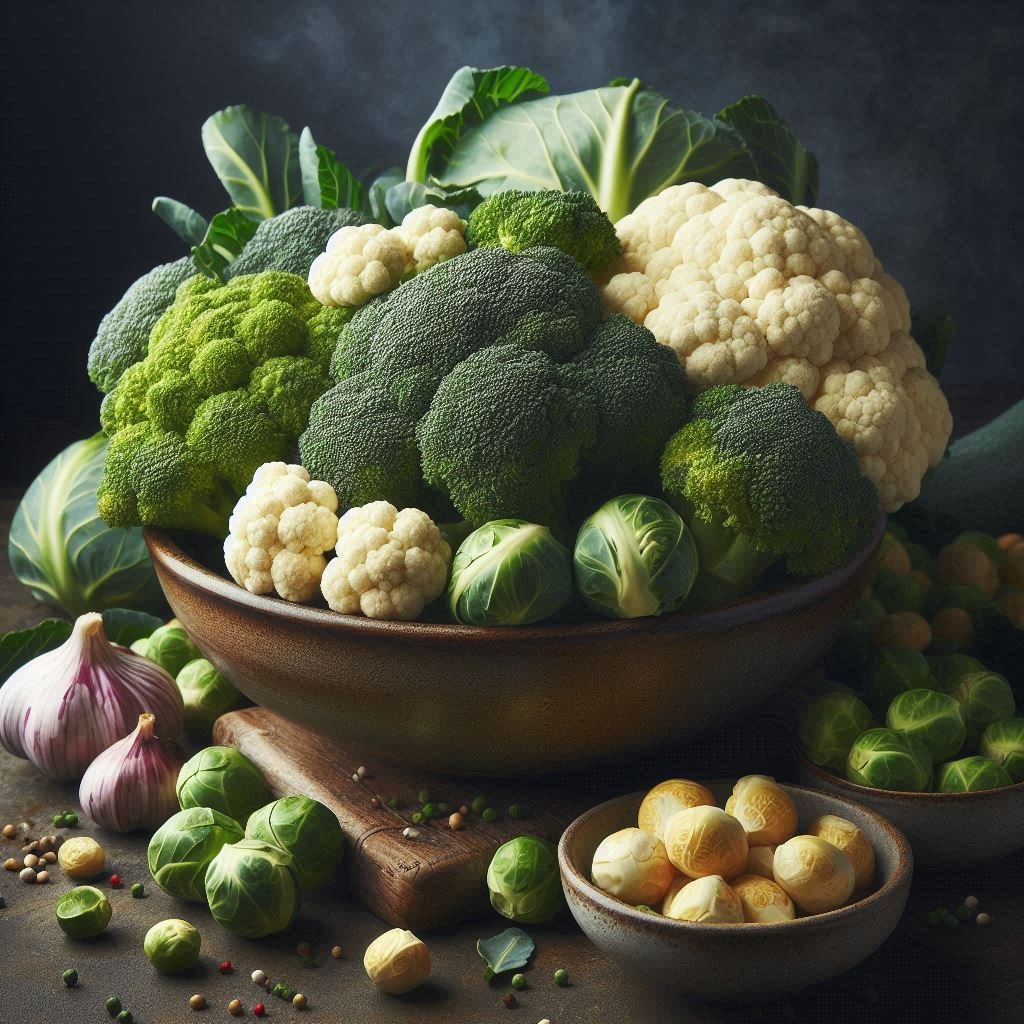
Cruciferous vegetables like broccoli, cauliflower, and Brussels sprouts are rich in sulforaphane, a compound that helps to reduce inflammation and oxidative stress in the body. Chronic inflammation can contribute to high cortisol levels, so incorporating cruciferous vegetables into your diet can help to reduce cortisol and promote a sense of calm and well-being.
Cruciferous vegetables are also rich in fiber, which helps to regulate blood sugar levels and reduce cravings for unhealthy snacks. The high vitamin C content in cruciferous vegetables also helps to boost the immune system and reduce the risk of illness.
To incorporate more cruciferous vegetables into your diet, try roasting them with olive oil and garlic, or adding them to your favorite stir-fry recipes. You can also steam them as a side dish or add them to your favorite soups and stews.
Turkey and Chicken: Lean Protein Sources to Stabilize Cortisol

Turkey and chicken are rich in protein, which helps to regulate blood sugar levels and reduce cravings for unhealthy snacks. They are also rich in tryptophan, an amino acid that helps to regulate mood and emotional response.
Tryptophan helps to increase the production of serotonin, a neurotransmitter that helps to regulate mood and reduce feelings of anxiety and stress. The high protein content in turkey and chicken also helps to regulate blood sugar levels, reducing cravings for unhealthy snacks and promoting a sense of fullness and satisfaction.
To incorporate more turkey and chicken into your diet, try grilling or baking them and serving with a side of quinoa and steamed vegetables. You can also add them to your favorite salads or use them as a protein-rich snack on their own.
Fermented Foods: Probiotic-Rich Eats to Support Gut Health and Lower Cortisol
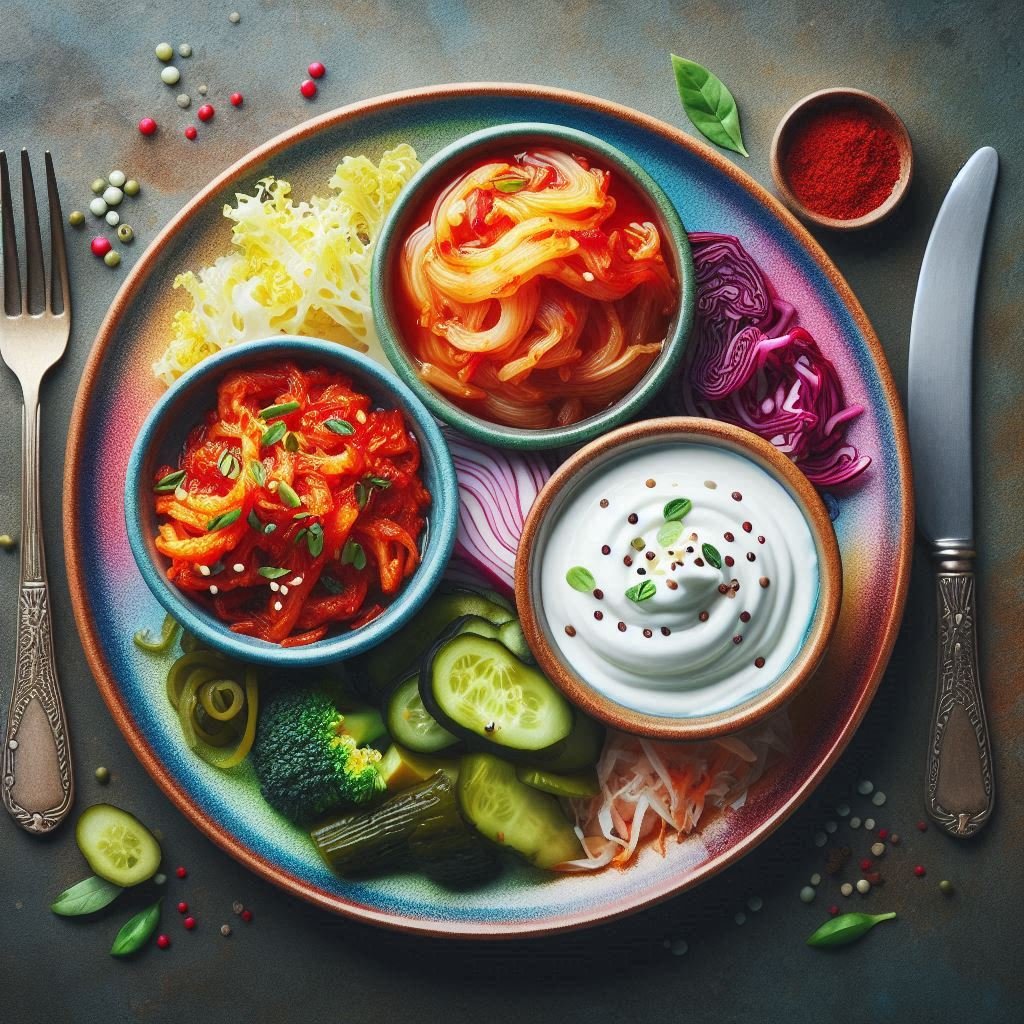
Fermented foods like kimchi, sauerkraut, and yogurt are rich in probiotics, which help to regulate the gut microbiome. The gut microbiome plays a crucial role in regulating the body’s response to stress, and an imbalance of gut bacteria can contribute to high cortisol levels.
Probiotics help to reduce inflammation and oxidative stress in the body, promoting a sense of calm and well-being. They also help to regulate the immune system, reducing the risk of illness and promoting overall health and wellness.
To incorporate more fermented foods into your diet, try adding them to your salads or using them as a topping for your favorite dishes. You can also use them as a side dish or add them to your favorite soups and stews.
Dark Chocolate: The Mood-Boosting, Cortisol-Lowering Treat

Dark chocolate is rich in flavonoids, which help to reduce inflammation and oxidative stress in the body. Chronic inflammation can contribute to high cortisol levels, so incorporating dark chocolate into your diet can help to reduce cortisol and promote a sense of calm and well-being.
Dark chocolate is also rich in magnesium, a mineral that helps to regulate the body’s response to stress. The high antioxidant content in dark chocolate also helps to reduce inflammation and oxidative stress in the body, promoting a sense of calm and well-being.
To incorporate more dark chocolate into your diet, try indulging in a small piece after dinner, or using it as a topping for your favorite fruit or oatmeal. You can also add it to your favorite smoothies or use it as a sweet treat on its own.
Olive Oil: The Healthy Fat to Reduce Inflammation and Cortisol

Olive oil is rich in healthy fats, which help to reduce inflammation and oxidative stress in the body. Chronic inflammation can contribute to high cortisol levels, so incorporating olive oil into your diet can help to reduce cortisol and promote a sense of calm and well-being.
Olive oil is also rich in antioxidants, which help to reduce inflammation and oxidative stress in the body. The high vitamin E content in olive oil also helps to boost the immune system and reduce the risk of illness.
To incorporate more olive oil into your diet, try using it as a finishing oil for your favorite dishes, or adding it to your salad dressings and marinades. You can also use it as a healthy alternative to butter or other oils in your cooking.
Ginger: The Anti-Inflammatory Root to Soothe Your Adrenal Glands
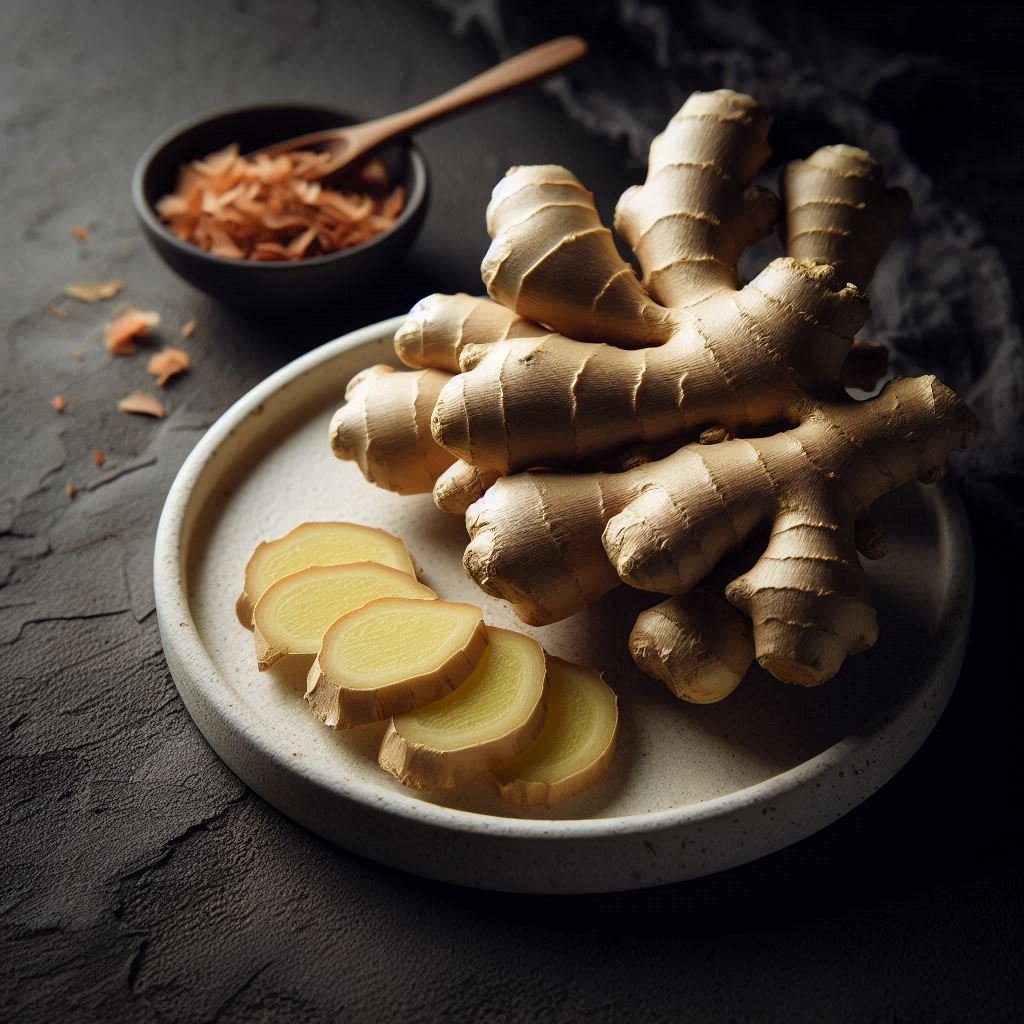
Ginger is rich in compounds that help to reduce inflammation and oxidative stress in the body. Chronic inflammation can contribute to high cortisol levels, so incorporating ginger into your diet can help to reduce cortisol and promote a sense of calm and well-being.
Ginger is also rich in antioxidants, which help to reduce inflammation and oxidative stress in the body. The high vitamin C content in ginger also helps to boost the immune system and reduce the risk of illness.
To incorporate more ginger into your diet, try adding it to your favorite stir-fry recipes, or making a warm ginger tea to soothe your adrenal glands. You can also add it to your favorite soups and stews, or use it as a topping for your favorite salads and dishes.
FAQs
Q: What is cortisol, and why is it important to lower it?
A: Cortisol is a hormone produced by the adrenal gland that helps the body respond to stress. While cortisol is important for short-term stress response, chronically elevated cortisol levels can lead to a range of negative health effects, including weight gain, insomnia, anxiety, and depression.
Q: What are some common symptoms of cortisol imbalance?
A: Common symptoms of cortisol imbalance include weight gain, insomnia, anxiety, depression, mood swings, fatigue, and digestive issues.
Q: How can I lower my cortisol levels naturally?
A: There are several ways to lower cortisol levels naturally, including incorporating cortisol-lowering foods into your diet, practicing stress-reducing techniques like meditation and yoga, getting regular exercise, and getting enough sleep.
Q: What are some cortisol-lowering foods that I should include in my diet?
A: Some cortisol-lowering foods that you should include in your diet include leafy greens, fatty fish, ashwagandha-infused foods, berries, green tea, cruciferous vegetables, turkey and chicken, fermented foods, dark chocolate, olive oil, and ginger.
Q: Can I take supplements to lower my cortisol levels?
A: While supplements can be helpful in reducing cortisol levels, it’s always best to consult with a healthcare professional before starting any new supplements. Some supplements that may help lower cortisol levels include ashwagandha, omega-3 fatty acids, and probiotics.
Q: How long does it take to see results from incorporating cortisol-lowering foods into my diet?
A: It can take several weeks to a few months to see results from incorporating cortisol-lowering foods into your diet. This is because it takes time for your body to adjust to the new foods and for your cortisol levels to respond.
Q: Can I still eat foods that are high in cortisol if I’m trying to lower my cortisol levels?
A: While it’s not necessary to completely eliminate foods that are high in cortisol, it’s a good idea to limit your intake of these foods and focus on incorporating cortisol-lowering foods into your diet. Some foods that are high in cortisol include processed foods, sugary foods, and foods high in saturated and trans fats.
Q: How can I track my cortisol levels and monitor my progress?
A: There are several ways to track your cortisol levels and monitor your progress, including using a cortisol testing kit, keeping a food diary, and tracking your symptoms and mood. You can also consult with a healthcare professional for guidance on how to monitor your cortisol levels and progress.

